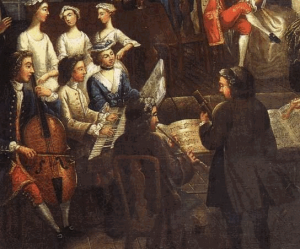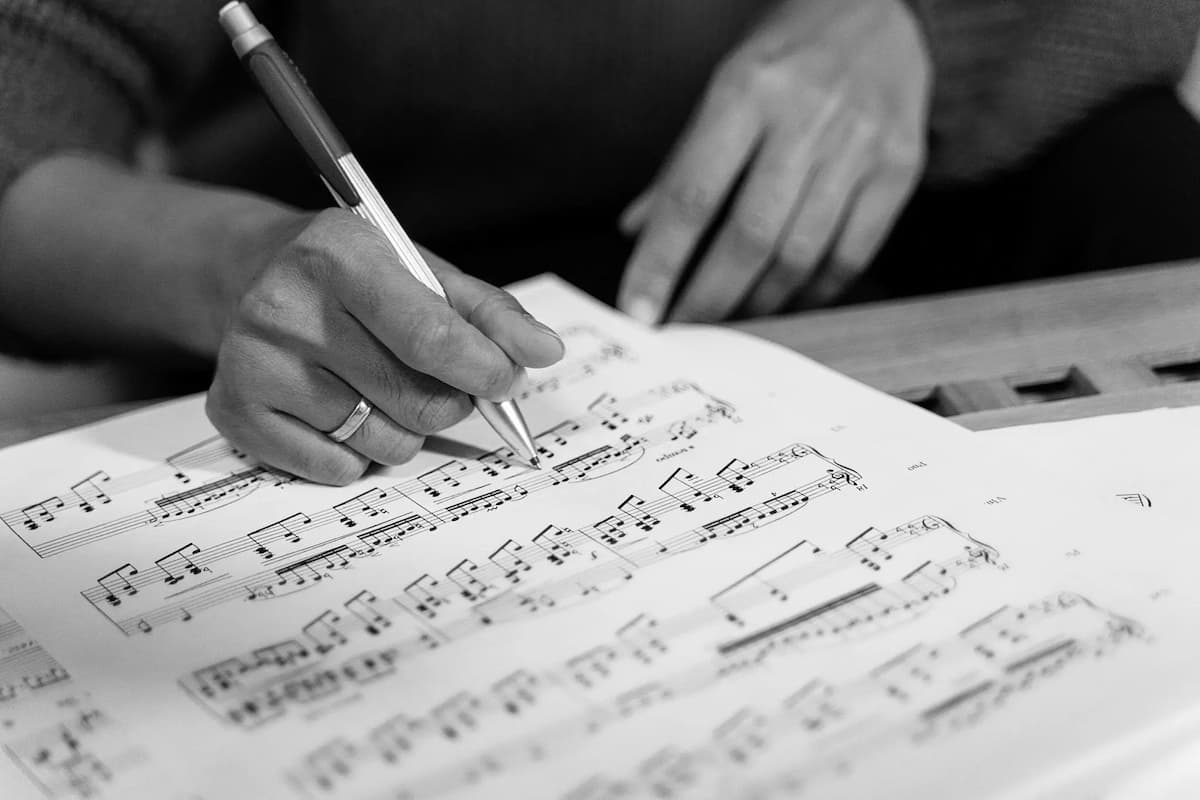
Minuet
Credit: http://www.artsunlight.com/
In the court dances of the Classical period, there was a social dance that featured very small steps: the minuet. The contrasting middle section, by the time of Lully, was normally orchestrated for three instruments, 2 trebles and a bass, such as two oboes and a bassoon. Whence came the name for this section: the Trio. As time went on, however, the idea of the contrasting middle section of a minuet remained while the orchestration for 3 instruments was no longer used.
By the time we got to Haydn, however, the Trio had lost the idea of being for 3 instruments and now was just a contrasting section. In this minuet for string quartet, the trio section (starting at 01:08) shows a marked change in style: it’s got a lighter feeling, the dynamics are pulled back, and the rhythm has changed. The return of the minuet at 01:46 lets us see that difference most clearly.
Haydn: String Quartet No. 1 in B-Flat Major, Op. 1, No. 1, Hob.III:1: IV. Minuet (Kodály Quartet)
When we get up to Mozart, we can even have two Trio sections: Trio I starts at 02:24 and Trio II at 05:22 and in each case, there’s a significant change in sound from the Minuet sections.
Mozart: Serenade No. 10 in B-Flat Major, K. 361, “Gran Partita”: II. Menuetto – Trio I – Trio II (Berlin Philharmonic Orchestra Wind Ensemble; Zubin Mehta, cond.)
And the same goes for Scherzo and Trio – invented by Beethoven to replace the old-fashioned Minuet and Trio, his Trios also have that change in sound.
Trio Sonata – you’d think it would be for three players, but, instead, it can be for just one player or four. In a Trio for only one instrument, it’s the three intertwining lines, such as in Bach’s Trio Sonatas for keyboard, that give it the Trio name. In this example, there’s the running line at the top, the solid chords at the bottom, and the occasional appearance of the middle voice. All of this for just two hands to keep in motion.
Bach: Trio Sonata No. 1 in E-Flat Major, BWV 525: III. Allegro (E. Power Biggs, harpsichord)
The Trio sonata for 4 voices is somewhat of a trick – it’s for 2 main voices and then basso continuo, which is considered as one voice but which is generally made up of two instruments: a harpsichord and a viola da gamba.

Trio Sonata for Flute, bassoon, and basso continuo
Vivaldi: Trio Sonata in B-Flat Major, Op. 5, No. 17, RV 76: I. Preludio (Purcell Quartet)
So, although Trio may mean three, it may also mean something else: three musical lines played together, four instruments, or a contrasting section. There’s always something unexpected!


